Home>Interior Design>Flooring Ideas: 15 Ways To Create Lasting Style Under Foot
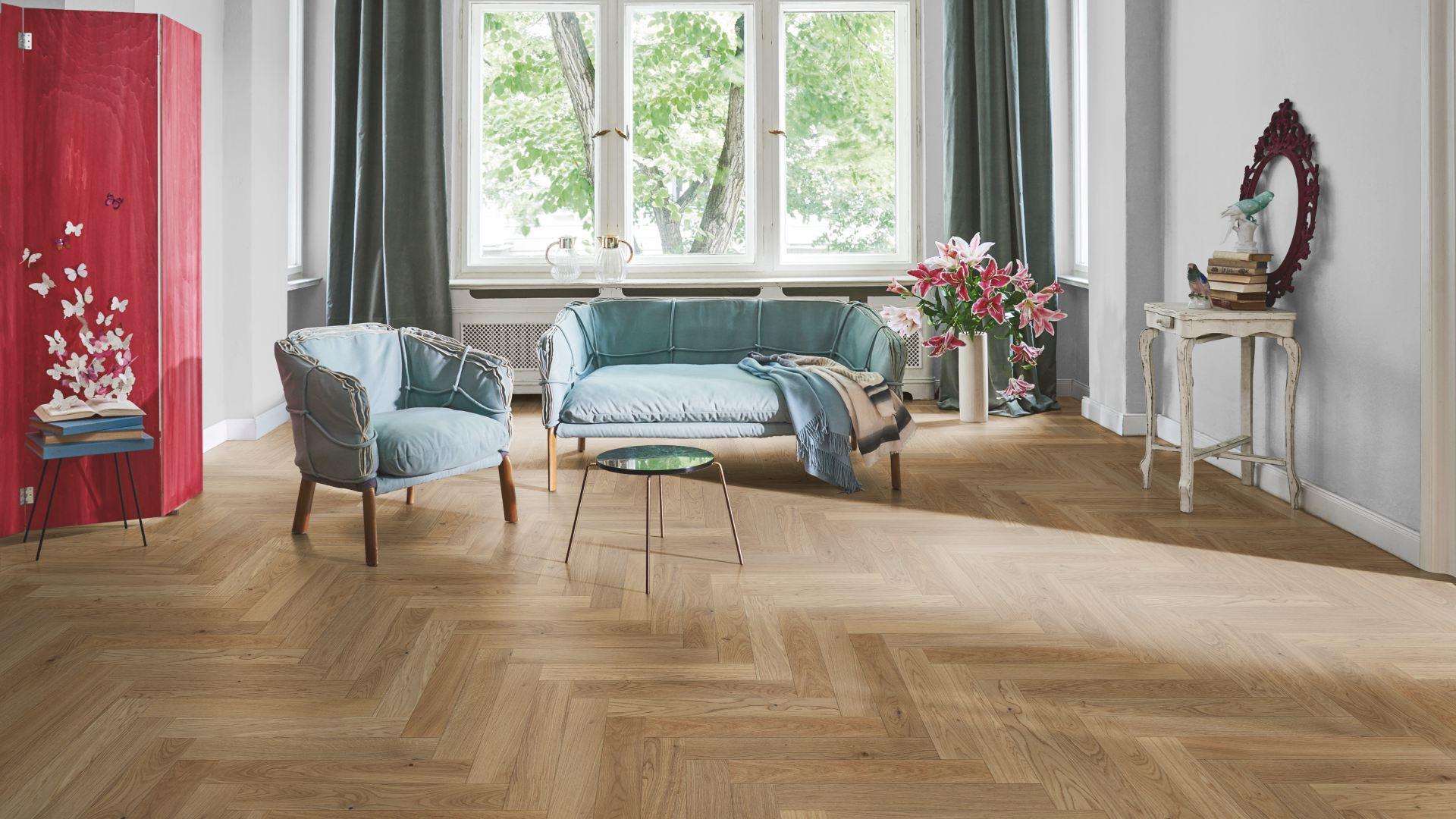

Interior Design
Flooring Ideas: 15 Ways To Create Lasting Style Under Foot
Modified: October 20, 2024
Discover 15 stunning flooring ideas to elevate your interior design with lasting style underfoot. Transform your space with these creative options.
(Many of the links in this article redirect to a specific reviewed product. Your purchase of these products through affiliate links helps to generate commission for Storables.com, at no extra cost. Learn more)
Introduction
When it comes to interior design, one of the most important elements to consider is the flooring. The right flooring not only sets the foundation for the entire space but also enhances the overall aesthetic and functionality of the room. With an array of options available, it can be overwhelming to choose the perfect flooring for your home or office.
In this article, we will explore 15 flooring ideas that can help you create lasting style underfoot. From classic hardwood to modern rubber flooring, we will cover a diverse range of materials and designs to suit every taste and budget. So, let’s dive in and discover the options that will transform your space into a stunning masterpiece.
Key Takeaways:
- 1. Flooring plays a crucial role in enhancing the aesthetic and functionality of a space. From timeless hardwood to eco-friendly options like cork and bamboo, there are diverse choices to suit every style and budget.
- 2. Consider factors such as durability, maintenance, design versatility, and environmental impact when choosing flooring. Whether it’s classic elegance, durability, warmth, or sustainability, the right flooring transforms a space into a stunning masterpiece.
Hardwood Floors
Hardwood floors are a timeless and elegant choice that adds warmth and character to any space. With their natural beauty and durability, hardwood floors are a popular choice for both residential and commercial settings.
One of the key advantages of hardwood floors is their versatility. They come in a variety of wood species, each with its unique grain patterns and colors. From rich mahogany to light oak, there’s a hardwood flooring option to suit every style and preference.
Hardwood floors are also known for their longevity. With proper care and maintenance, they can last for decades, making them a long-term investment for your home or business. Additionally, hardwood floors can be refinished to restore their original beauty, allowing you to refresh the look of your space without replacing the entire floor.
Another benefit of hardwood floors is their hypoallergenic properties. Unlike carpets, which can trap dust, pollen, and other allergens, hardwood floors are easy to clean and don’t harbor allergens, making them a great choice for individuals with allergies or respiratory issues.
When it comes to installation, hardwood floors can be installed as either solid hardwood or engineered hardwood. Solid hardwood is made from a single piece of wood and is typically nailed or glued down. Engineered hardwood, on the other hand, is made up of multiple layers of wood with a top layer of hardwood veneer. This makes it more resistant to moisture and temperature changes, making it suitable for installation in basements or over concrete slabs.
Hardwood floors are a versatile and durable flooring option that adds timeless beauty to any space. Whether you prefer the classic look of oak or the exotic appeal of Brazilian cherry, hardwood floors are sure to create a lasting impression.
Laminate Flooring
Laminate flooring is a popular and affordable choice for those seeking the look of hardwood without the high cost and maintenance. It is made by combining multiple layers of synthetic materials, including a high-resolution image of wood grain, and coating them with a protective layer.
One of the main advantages of laminate flooring is its durability. The top layer is scratch-resistant, making it a great option for high-traffic areas such as living rooms, hallways, and kitchens. Additionally, laminate floors are resistant to stains and fading, ensuring they maintain their beauty over time.
Laminate flooring is also easy to install, thanks to its click-and-lock system. The planks are designed to fit seamlessly together, eliminating the need for glue or nails. This makes it a great option for DIY enthusiasts who want to save on installation costs. Furthermore, laminate flooring can be installed over existing floors, provided they are clean and level.
Another benefit of laminate flooring is its low maintenance requirements. Unlike hardwood floors that require regular polishing and refinishing, laminate floors only need to be swept and occasionally mopped to keep them looking their best. They are also resistant to moisture, making them ideal for areas prone to spills, such as kitchens and bathrooms.
When it comes to design options, laminate flooring offers a wide range of choices. From traditional wood grains to modern patterns and textures, you can find a laminate floor that suits your personal style and complements your existing decor. Additionally, laminate flooring can mimic the look of other materials such as stone or tile, giving you the freedom to create the desired aesthetic for your space.
While laminate flooring may not have the same level of luxury and authenticity as hardwood, it is an excellent choice for budget-conscious individuals who still want a beautiful and durable flooring option. With its easy installation, low maintenance, and wide range of styles, laminate flooring is a practical and attractive choice for any home or office.
Vinyl Flooring
Vinyl flooring has come a long way in recent years and has become a popular choice for both residential and commercial spaces. With its versatility, durability, and affordability, vinyl flooring offers a wide range of benefits.
One of the key advantages of vinyl flooring is its ability to mimic the look of various materials, including hardwood, stone, and tile. With cutting-edge printing technology, vinyl flooring can replicate the natural patterns and textures of these materials, allowing you to achieve the desired aesthetic at a fraction of the cost.
Another significant benefit of vinyl flooring is its durability. It is highly resistant to stains, scratches, and water damage, making it an ideal choice for high-traffic areas such as kitchens and bathrooms. Vinyl flooring is also known for its resilience, allowing it to withstand heavy foot traffic and even resist indentation from heavy furniture.
Vinyl flooring is easy to maintain and clean. Its sealed surface prevents dirt and spills from penetrating the material, making it effortless to wipe away messes. Regular sweeping and occasional mopping are usually sufficient to keep vinyl floors looking pristine. Additionally, the surface of vinyl flooring is resistant to fading, ensuring that it maintains its vibrant colors over time.
Installation of vinyl flooring is relatively simple, with options for both glue-down and floating installations. Glue-down vinyl flooring provides a more permanent and secure installation, while floating vinyl planks or tiles offer a straightforward, DIY-friendly option that can be installed over existing floors.
When it comes to cost, vinyl flooring is one of the most affordable options available. It offers excellent value for money, providing a durable and stylish flooring solution at a fraction of the cost of materials like hardwood or natural stone. This makes vinyl flooring a popular choice for budget-conscious homeowners and those seeking a cost-effective option for larger spaces.
With its wide range of design options, durability, and budget-friendly nature, vinyl flooring is a practical and versatile choice for any space. Whether you want the look of hardwood in your living room or the elegance of tile in your bathroom, vinyl flooring offers endless possibilities to enhance the style and functionality of your home or office.
Ceramic Tiles
Ceramic tiles have long been favored for their beauty, durability, and versatility. Whether you’re looking to add a touch of elegance to your bathroom or create a striking statement in your kitchen, ceramic tiles offer a wide range of design options to suit any style.
One of the main advantages of ceramic tiles is their durability. Made from a mixture of clay, sand, and other natural materials, ceramic tiles are kiln-fired at high temperatures, resulting in a hard and durable surface. This makes them resistant to scratches, stains, and wear, ensuring they maintain their beauty for years to come.
In addition to their durability, ceramic tiles are also known for their water resistance. This makes them an excellent choice for areas prone to moisture, such as bathrooms, kitchens, and laundry rooms. The glazed surface of ceramic tiles acts as a protective barrier, preventing water from seeping into the material and causing damage.
One of the standout features of ceramic tiles is their wide variety of designs, colors, and patterns. From sleek and modern to rustic and traditional, ceramic tiles offer endless possibilities for customization. Whether you prefer the timeless look of subway tiles or the intricate patterns of Moroccan tiles, you can find the perfect ceramic tiles to match your aesthetic vision.
Installation of ceramic tiles can be done in various ways, including the traditional mortar and grout method or using newer techniques like tile adhesives. Hiring a professional installer is recommended to ensure that the tiles are properly placed and the grout lines are even. However, for experienced DIY enthusiasts, ceramic tile installation can be a rewarding project to tackle.
When it comes to maintenance, ceramic tiles are relatively easy to clean. Regular sweeping and mopping with a gentle cleanser are usually enough to keep them looking their best. In the event of a stubborn stain or grime, there are specialized tile cleaners available that can help restore the tiles to their original shine.
Whether you’re looking to create a luxurious bathroom retreat or a stunning kitchen backsplash, ceramic tiles offer a durable and aesthetically pleasing flooring option. With their durability, versatility, and timeless appeal, ceramic tiles are sure to elevate the style of any space while providing long-lasting performance.
Porcelain Tiles
Porcelain tiles are a popular choice for flooring due to their exceptional durability, versatility, and timeless appeal. Made from dense clay and fired at high temperatures, porcelain tiles offer numerous advantages that make them a preferred option for both residential and commercial spaces.
One of the main advantages of porcelain tiles is their outstanding strength and durability. They are highly resistant to scratches, stains, and moisture, making them suitable for high-traffic areas like entryways, hallways, and kitchens. Porcelain tiles are also less prone to chipping or cracking compared to other types of tiles, ensuring they maintain their pristine appearance for years to come.
In addition to their durability, porcelain tiles offer a wide range of design options. They come in various sizes, colors, and finishes, allowing you to create a customized look for your space. Whether you prefer the classic elegance of marble-look porcelain tiles or the modern charm of concrete-look porcelain tiles, there’s a design to suit every style and taste.
Porcelain tiles are known for their low maintenance requirements. They are resistant to water, stains, and fading, making them easy to clean and maintain. Regular sweeping and occasional mopping with a mild cleanser are usually sufficient to keep porcelain tiles looking their best. Additionally, their non-porous surface prevents the growth of bacteria and mold, ensuring a hygienic environment.
Another advantage of porcelain tiles is their versatility in terms of installation. They can be installed on floors, walls, and even outdoors, making them a versatile choice for a wide range of applications. Porcelain tiles can be installed using various methods, including traditional mortar and grout or newer, more efficient systems like tile adhesives or floating installations.
When it comes to cost, porcelain tiles tend to be more expensive compared to other types of tiles. However, their exceptional durability and longevity make them a worthwhile investment in the long run. With proper care, porcelain tiles can last for decades, making them a cost-effective choice for those looking for a durable and long-lasting flooring solution.
Whether you’re aiming for a classic, contemporary, or eclectic look, porcelain tiles provide a versatile and durable flooring option. With their strength, design versatility, and low maintenance requirements, porcelain tiles offer the perfect combination of beauty and functionality for any space.
Natural Stone
Natural stone flooring offers a timeless and luxurious appeal that can transform any space into a sophisticated masterpiece. With its unique veining, rich colors, and natural variations, natural stone is renowned for its beauty and elegance.
One of the key advantages of natural stone flooring is its durability. Whether you choose marble, granite, travertine, or limestone, natural stone is a long-lasting option that can withstand heavy foot traffic and everyday wear and tear. Its resilience makes it suitable for both residential and commercial spaces.
In addition to its durability, natural stone is also highly versatile and can be used in various areas of your home. From entryways and living rooms to bathrooms and kitchens, natural stone can enhance the aesthetic appeal of any room. It can be installed as flooring, countertops, backsplashes, or even accent walls.
Each type of natural stone has its unique characteristics and attributes. Marble, known for its timeless beauty, offers elegance and sophistication with its smooth surface and exquisite veining. Granite, on the other hand, is renowned for its durability and resistance to scratches and heat. Travertine presents a rustic and earthy charm, while limestone offers a more subtle and understated appearance.
One of the distinctive features of natural stone flooring is its ability to create a sense of luxury and elegance. The natural variations in color and pattern make each piece of stone unique, ensuring that your space has a one-of-a-kind look. Natural stone also adds a touch of nature and earthy beauty to your interior design, creating a warm and inviting atmosphere.
When it comes to maintenance, natural stone flooring does require regular care to keep it looking its best. It is important to seal the stone periodically to protect it from stains and spills. Additionally, proper cleaning methods and avoiding abrasive cleaners are essential for preserving the natural beauty of the stone.
While natural stone flooring may require a higher upfront investment compared to other flooring options, it adds significant value to your home. Its timeless elegance and durability ensure that your investment will withstand the test of time and add a touch of luxury to your space for years to come.
Whether you choose marble, granite, travertine, or limestone, natural stone flooring offers a luxurious and visually stunning option for creating a sophisticated and elegant space. With its durability, versatility, and unique beauty, natural stone is a timeless choice that will elevate the style and value of your home.
Concrete Flooring
Concrete flooring has gained popularity in recent years for its sleek and modern appearance, as well as its durability and versatility. Originally used primarily in industrial settings, concrete flooring has now become a sought-after choice for residential and commercial spaces alike.
One of the main advantages of concrete flooring is its exceptional durability. Concrete is a highly durable material that can withstand heavy foot traffic, making it suitable for high-traffic areas such as kitchens, living rooms, and retail spaces. It is resistant to scratches, stains, and moisture, ensuring that it maintains its sleek appearance over time.
In addition to its durability, concrete flooring offers a range of design possibilities. It can be customized with various finishes, colors, and textures to suit your personal style and the overall aesthetic of your space. From polished concrete with a glossy finish to stained concrete with a more rustic look, the design options are virtually limitless.
Concrete flooring is also known for its low maintenance requirements. Regular sweeping and occasional mopping are sufficient to keep it clean and looking its best. Unlike other flooring materials that require specialty cleaners or constant refinishing, concrete flooring is a low-maintenance option that saves both time and money on upkeep.
Another advantage of concrete flooring is its ability to incorporate radiant heating systems. By installing radiant heating pipes beneath the concrete, you can enjoy the luxury of warm floors, especially during the colder months. This not only adds to the comfort of the space but also helps to increase energy efficiency.
Installation of concrete flooring can be done in various ways. It can be poured directly onto the subfloor and then polished and sealed, or precast concrete tiles can be laid for a more modular approach. Working with a professional contractor is recommended to ensure that the proper techniques are used for a flawless finish.
Concrete flooring is a sustainable choice as well. It can be made using recycled materials and requires minimal maintenance and replacement over its lifespan. Additionally, its thermal mass properties help regulate indoor temperatures, reducing the need for excessive heating or cooling.
Whether you prefer a minimalist, industrial look or a more contemporary style, concrete flooring offers a versatile and durable option that can complement any design aesthetic. With its strength, customization options, and easy maintenance, concrete flooring is an excellent choice for those seeking a modern and long-lasting flooring solution.
Bamboo Flooring
Bamboo flooring has gained popularity in recent years due to its sustainability, durability, and unique aesthetic appeal. Made from the fast-growing bamboo plant, this type of flooring offers a renewable and environmentally friendly alternative to traditional hardwood flooring.
One of the key advantages of bamboo flooring is its sustainability. Bamboo is a renewable resource that matures and can be harvested within 3-5 years, compared to traditional hardwood that can take decades to reach maturity. This makes bamboo a more environmentally friendly option for those concerned about preserving natural resources.
Despite its rapid growth, bamboo is highly durable and resilient. In fact, it is harder than many hardwood species, making bamboo flooring resistant to scratches and dents. This durability ensures that bamboo flooring can withstand the daily wear and tear of a busy household or commercial space.
Bamboo flooring offers a distinctive and natural aesthetic appeal. It features unique grain patterns and a warm color range, providing a natural and inviting look to any room. Whether you prefer a lighter, blonde hue or a darker, rich tone, you can find bamboo flooring that suits your personal style and complements your interior design.
In addition to its visual appeal, bamboo flooring is also easy to maintain. Regular sweeping and occasional mopping with a gentle cleanser is sufficient to keep the surface clean and in good condition. It is important to avoid excessive moisture and wipe up spills promptly to prevent any water damage or warping.
Installation of bamboo flooring can be done using various methods, including glue-down, nail-down, or floating installations. Floating installations, where the planks are not attached to the subfloor, are particularly popular for DIY enthusiasts due to their simplicity and versatility.
One thing to consider with bamboo flooring is its susceptibility to moisture. While bamboo is naturally more moisture-resistant than hardwood, it is still important to acclimate the flooring to the environment and maintain a proper humidity level to prevent any potential issues. Additionally, using a moisture barrier underlay is recommended for installation over concrete surfaces.
Bamboo flooring is a sustainable and visually appealing option that brings a touch of nature and warmth to any space. With its durability, ease of maintenance, and eco-friendly qualities, bamboo flooring offers a unique and stylish choice for those seeking a sustainable and long-lasting flooring option.
Consider using durable and low-maintenance flooring materials like hardwood, laminate, or porcelain tile for high-traffic areas. These options can withstand wear and tear while still maintaining a stylish look.
Read more: 5 Ways To Style A Small Bedroom
Cork Flooring
Cork flooring is an eco-friendly and versatile option that offers numerous benefits for those seeking a sustainable and comfortable flooring solution. Made from the bark of the cork oak tree, this type of flooring provides a unique combination of natural beauty and practicality.
One of the key advantages of cork flooring is its sustainability. The bark of the cork oak tree is harvested without causing harm to the tree, allowing it to regenerate and be harvested repeatedly. This makes cork flooring a renewable and environmentally friendly choice for those looking to reduce their carbon footprint.
Another advantage of cork flooring is its exceptional comfort. Cork has a natural elasticity that provides a cushioned feeling underfoot, making it comfortable to walk on for extended periods. It also provides sound insulation, reducing noise transmission between floors and rooms, which is particularly beneficial in busy households or commercial spaces.
Cork flooring is highly durable and resistant to scratches and impacts. Its cellular structure allows it to bounce back from dents and indentations, making it a durable option that can withstand heavy foot traffic. Additionally, cork is naturally resistant to moisture, fungus, and mold, making it suitable for areas prone to humidity or moisture, such as kitchens and bathrooms.
One of the standout features of cork flooring is its natural thermal insulation properties. It helps to keep the room warm in winter and cool in summer, providing comfort and energy savings. This insulation also helps to reduce heating and cooling costs, making cork flooring an energy-efficient choice for your home or office.
Cork flooring offers a variety of design options to suit different styles and preferences. It comes in various colors and patterns, ranging from light, natural tones to darker and more vibrant hues. Whether you prefer a classic, seamless look or a more intricate pattern, you can find cork flooring that complements your interior design vision.
Maintenance of cork flooring is relatively simple. Regular sweeping and occasional damp mopping are sufficient to keep the surface clean and free of debris. It is important to wipe up spills promptly to prevent staining, as cork is a porous material. Additionally, periodic sealing is recommended to protect the cork and maintain its appearance.
With its sustainability, comfort, and durability, cork flooring offers a unique and eco-friendly choice for your flooring needs. Whether you’re looking to create a cozy and comfortable living space or an environmentally conscious office environment, cork flooring provides the perfect blend of style and practicality.
Linoleum Flooring
Linoleum flooring is a classic and eco-friendly option that has been used for decades. Made from natural materials such as linseed oil, wood flour, cork dust, and pigments, linoleum offers a range of benefits that make it a popular choice for both residential and commercial spaces.
One of the key advantages of linoleum flooring is its sustainability. It is made from renewable materials and has a low environmental impact. Linoleum is biodegradable, and its production process consumes less energy compared to other types of flooring. For those who prioritize environmental consciousness, linoleum flooring provides a sustainable and eco-friendly option.
Linoleum flooring is known for its durability and resilience. It can withstand heavy foot traffic and is resistant to scratches and abrasions, making it suitable for high-traffic areas in both homes and commercial spaces. Linoleum also has natural anti-bacterial properties, making it a hygienic choice for spaces where cleanliness is a priority.
Another benefit of linoleum flooring is its design versatility. It comes in a wide range of colors, patterns, and styles, allowing you to create a unique and personalized look for your space. From classic checkerboard patterns to modern geometric designs, linoleum flooring offers endless possibilities to suit your aesthetic preferences.
Maintenance of linoleum flooring is relatively easy. Regular sweeping or vacuuming to remove loose dirt and debris is recommended, followed by damp mopping with a neutral pH cleaner. It is important to avoid using harsh chemicals or abrasive cleaners that can damage the surface of the linoleum. With proper care, linoleum flooring can maintain its beauty and functionality for many years.
Linoleum also offers excellent noise and heat insulation properties. Its natural composition provides a cushioned feel underfoot and helps to reduce noise transmission, making it a comfortable option for living spaces, bedrooms, and office environments. Additionally, linoleum has good thermal conductivity, helping to regulate room temperature and reduce energy consumption.
Installation of linoleum flooring can be done using adhesive, floating, or click-and-lock methods, depending on the specific product. It is recommended to hire a professional installer to ensure proper installation and achieve a seamless and long-lasting result.
With its sustainability, durability, design versatility, and ease of maintenance, linoleum flooring offers a practical and environmentally friendly choice for any space. Whether you’re looking for a classic or contemporary look, linoleum flooring provides a timeless and stylish option that will enhance the functionality and aesthetic appeal of your home or office.
Carpet
Carpeting is a popular and versatile type of flooring that provides warmth, comfort, and style to any space. With numerous options in terms of materials, colors, and textures, carpet offers a cozy and inviting feel that is unmatched by other flooring options.
One of the main advantages of carpet is its softness and comfort underfoot. Walking on carpet provides a cushioned feel and can help reduce fatigue, making it a popular choice for bedrooms, living rooms, and other spaces where comfort is desired. Additionally, carpet acts as an insulator, providing thermal insulation and helping to retain heat in colder seasons.
Carpeting is available in a wide range of materials, each with its unique characteristics. Nylon is a durable and versatile option that is resistant to stains and delivers excellent performance. Polyester is known for its luxurious feel and vibrant colors. Wool provides natural resilience and is known for its luxurious and eco-friendly properties. Olefin is a budget-friendly option that is resistant to moisture and stains.
Carpeting is also a great option for noise reduction. It absorbs sound, thereby reducing noise levels and creating a quieter environment. This makes carpet flooring ideal for apartments, family rooms, and areas where noise insulation is desired.
Another benefit of carpet is its ability to enhance the aesthetic appeal of a space. With a wide range of colors and patterns available, carpeting allows for endless customization options to match any design style or preference. From plush and luxurious to modern and minimalistic, you can find the perfect carpet to complement your interior decor.
Maintenance of carpeting requires regular vacuuming to keep it clean and free of dust and debris. It is recommended to professionally steam clean the carpet periodically to remove deep-seated dirt and stains. Additionally, promptly attending to spills and accidents can help prevent permanent stains on the carpet’s surface.
When it comes to installation, professional installation is typically recommended to ensure a proper fit and finish. Carpets can be installed using various methods, including stretching and tacking, glue-down installation, or utilizing carpet tiles for a more modular approach. Working with a professional installer ensures that the carpet is correctly installed, providing a seamless and long-lasting result.
With its softness, versatility, and ability to enhance the overall aesthetic appeal of a space, carpet remains a popular choice for homeowners and commercial spaces alike. Whether you’re looking to create a cozy bedroom retreat or a comfortable and welcoming living area, carpet flooring offers a warm and inviting option that adds both beauty and functionality to your space.
Area Rugs
Area rugs are a versatile and stylish way to add warmth, color, and texture to any room. As an alternative to wall-to-wall carpeting, area rugs offer the flexibility to change the look and feel of your space without the commitment of permanent flooring options.
One of the main advantages of area rugs is their ability to define specific areas within a larger space. By placing an area rug in a seating area or under a dining table, you can create a designated area that adds visual interest and a sense of coziness. This is especially useful in open-concept spaces where you want to define separate zones.
Area rugs come in a variety of shapes, sizes, colors, patterns, and textures, allowing you to find the perfect rug to complement your existing decor and personal style. From traditional Oriental rugs to modern geometric patterns, the design options are virtually limitless. You can easily incorporate an area rug into any interior design theme, making it a versatile solution for enhancing the aesthetic appeal of your space.
In terms of functionality, area rugs offer a variety of benefits. They provide an extra layer of insulation, helping to keep your feet warm during colder months. Rugs also absorb sound, reducing echo and creating a quieter environment. Additionally, area rugs can protect your flooring from wear and tear, especially in high-traffic areas.
Maintenance of area rugs is relatively simple. Regular vacuuming on both sides of the rug can help prevent the buildup of dust and debris. Additionally, rotating the rug periodically can help evenly distribute wear. Spot cleaning and professional cleaning are also recommended to maintain the rug’s appearance and prolong its lifespan.
One of the advantages of area rugs is their portability. Unlike permanent flooring options, area rugs can be easily moved or swapped out to update the look of your space. This allows for flexibility in design and gives you the freedom to experiment with different colors, patterns, and styles as your taste evolves over time.
Whether you want to add a pop of color to a neutral room, soften hard flooring surfaces, or create a cozy seating area, area rugs offer a simple and impactful solution. They allow you to personalize your space and create a warm and inviting atmosphere that reflects your unique style and personality.
Read more: Simple Ways To Create A Calming Bedroom
Engineered Wood Flooring
Engineered wood flooring is a popular and practical alternative to traditional hardwood flooring. It offers the beauty and elegance of real wood while providing enhanced stability and durability, making it a versatile choice for both residential and commercial spaces.
One of the main advantages of engineered wood flooring is its dimensional stability. Unlike solid hardwood, engineered wood is constructed by layering multiple wood veneer plies together, with each layer being positioned in a perpendicular direction. This cross-layer construction provides enhanced stability, making engineered wood less prone to expansion and contraction due to changes in temperature and humidity.
Engineered wood flooring offers a wide variety of wood species, finishes, and surface treatments, allowing you to achieve the desired aesthetic for your space. Whether you prefer the classic beauty of oak or the sophisticated appeal of walnut, there is an engineered wood flooring option to suit every style and preference.
In terms of installation, engineered wood flooring is available in both glue-down and floating installations. The floating installation method is particularly popular among DIY enthusiasts as it does not require adhesive and allows for a quicker and easier installation process. However, professional installation is recommended to ensure the best results and proper acclimation of the flooring.
Another advantage of engineered wood flooring is its durability. With its multi-layer construction, engineered wood can withstand heavy foot traffic and resist moisture, making it suitable for various areas, including basements, kitchens, and bathrooms. Additionally, engineered wood flooring can be sanded and refinished multiple times, allowing you to revitalize the appearance of your floor and prolong its lifespan.
Maintenance of engineered wood flooring is relatively simple. Regular sweeping and occasional damp mopping with a manufacturer-recommended wood floor cleaner are usually sufficient to keep the surface clean and free of debris. It is important to promptly clean up any spills to prevent moisture penetration and potential damage to the wood.
Engineered wood flooring offers a beautiful and durable option that combines the natural beauty of real wood with enhanced stability and versatility. With its dimensional stability, wide range of design options, and long-lasting performance, engineered wood flooring is a practical and attractive choice for those seeking the timeless appeal of hardwood with added durability.
Reclaimed Wood Flooring
Reclaimed wood flooring is a unique and environmentally friendly option that adds character and warmth to any space. It is sourced from old barns, factories, and other structures, giving new life to timber that would otherwise go to waste. Reclaimed wood flooring offers a distinctive and rustic charm that cannot be replicated by any other type of flooring.
One of the main advantages of reclaimed wood flooring is its unique history and story. Each reclaimed wood plank carries the markings and imperfections that tell a tale of its previous life. Nail holes, knots, and saw marks add character and a sense of authenticity to the flooring, creating a one-of-a-kind look and feel.
By using reclaimed wood, you contribute to environmental conservation and sustainability. Instead of cutting down new trees, reclaimed wood repurposes materials that have already served a purpose. This reduces the demand for new timber and minimizes the impact on forests and ecosystems.
Reclaimed wood flooring offers a wide variety of wood species, each with its own distinctive grain and color variations. From rich oak to weathered pine, you can choose the reclaimed wood that best suits your desired aesthetic. The aged patina and natural imperfections of the wood create a warm and inviting ambiance in any space.
Installation of reclaimed wood flooring requires special care and expertise. Each plank may have irregular dimensions, and the wood may need to be properly treated and prepared before installation. It is recommended to work with a professional installer who has experience with reclaimed wood to ensure a proper fit and finish.
Maintenance of reclaimed wood flooring is similar to that of traditional hardwood flooring. Regular sweeping and occasional damp mopping with a wood floor cleaner are typically sufficient to keep the surface clean. It is important to avoid excessive moisture and wipe up spills promptly to prevent any potential damage to the wood.
Reclaimed wood flooring offers a timeless and eco-friendly option for those seeking a unique and sustainable flooring solution. With its history, character, and unparalleled beauty, reclaimed wood flooring adds a sense of craftsmanship and charm to your space, making it a truly special and extraordinary choice for your home or office.
Rubber Flooring
Rubber flooring is a versatile and functional option that is gaining popularity for its durability, slip resistance, and eco-friendly attributes. Made from recycled rubber materials, this type of flooring offers a range of benefits that make it suitable for various applications.
One of the main advantages of rubber flooring is its exceptional durability and resilience. It is highly resistant to wear, tear, and impact, making it ideal for high-traffic areas such as gyms, playgrounds, and commercial spaces. Rubber flooring can withstand heavy foot traffic, dropped weights, and other physical stressors, maintaining its appearance and functionality over time.
Rubber flooring is known for its slip resistance, even when wet. It offers excellent traction, helping to prevent slips and falls, which is important in areas where moisture or spills are a concern, such as bathrooms, kitchens, and entryways. Its slip resistance also makes rubber flooring a popular choice for healthcare facilities and elderly care facilities.
Rubber flooring provides excellent sound absorption properties, reducing noise levels and creating a quieter and more comfortable environment. This makes it an ideal option for areas where noise reduction is desired, such as gyms, offices, and residential spaces. The acoustic benefits of rubber flooring contribute to a more peaceful and serene atmosphere.
Installation of rubber flooring can be done using adhesive, interlocking tiles, or loose-lay methods, depending on the specific product and application. Interlocking tiles are particularly popular for easy installation and versatility. Hiring a professional installer is recommended to ensure a proper fit and to maximize the performance and longevity of the rubber flooring.
Maintenance of rubber flooring is relatively simple. Regular sweeping or vacuuming to remove dust and debris is recommended, followed by damp mopping with a mild cleaning solution. Rubber flooring is naturally resistant to stains and does not require extensive maintenance. It is important to avoid using harsh chemicals or abrasive cleaners that can damage the surface of the rubber.
One of the standout features of rubber flooring is its eco-friendly nature. It is made from recycled rubber materials, such as old tires, reducing waste and environmental impact. Additionally, rubber flooring is known for its long lifespan and ability to be recycled at the end of its use, further contributing to sustainability.
With its durability, slip resistance, sound absorption properties, and eco-friendly attributes, rubber flooring offers a practical and versatile flooring solution for a wide range of applications. Whether you’re looking to create a safe and comfortable workout area or a sustainable option for your home or office, rubber flooring provides a resilient, low-maintenance, and sustainable option that combines functionality and style.
Conclusion
Choosing the right flooring for your space is a crucial decision that can significantly impact the overall aesthetic, functionality, and value of your home or office. From classic hardwood floors to eco-friendly options like cork and bamboo, there are a plethora of choices available to suit every style, budget, and lifestyle.
Hardwood floors offer a timeless beauty and durability that can elevate any space, while laminate and vinyl flooring provide cost-effective solutions that mimic the look of natural materials. Ceramic and porcelain tiles provide durability and design versatility, while natural stone adds a touch of luxury and elegance. Concrete flooring offers a sleek and modern option, while engineered wood flooring combines the beauty of hardwood with enhanced stability.
For those seeking sustainable alternatives, options like bamboo flooring, cork flooring, and reclaimed wood flooring provide eco-friendly options that don’t compromise on style. Area rugs offer a versatile and temporary way to add color and texture to any room, while rubber flooring is highly durable and slip-resistant.
When making your flooring decision, consider factors such as durability, maintenance requirements, design versatility, and environmental impact. Think about the specific needs and preferences of your space, whether it’s a busy household, a commercial setting, or an environment with unique demands.
Ultimately, the right flooring choice will enhance the overall aesthetic of your space, provide comfort and functionality, and stand the test of time. Take the time to explore the various options available and consider seeking advice from professionals to ensure that you make an informed decision.
Whether you opt for the classic elegance of hardwood, the durability of tile, the warmth of carpet, or the environmental benefits of sustainable flooring, the perfect flooring choice will create a harmonious and inviting atmosphere that reflects your personal style and enhances the beauty of your space for years to come.
Frequently Asked Questions about Flooring Ideas: 15 Ways To Create Lasting Style Under Foot
Was this page helpful?
At Storables.com, we guarantee accurate and reliable information. Our content, validated by Expert Board Contributors, is crafted following stringent Editorial Policies. We're committed to providing you with well-researched, expert-backed insights for all your informational needs.
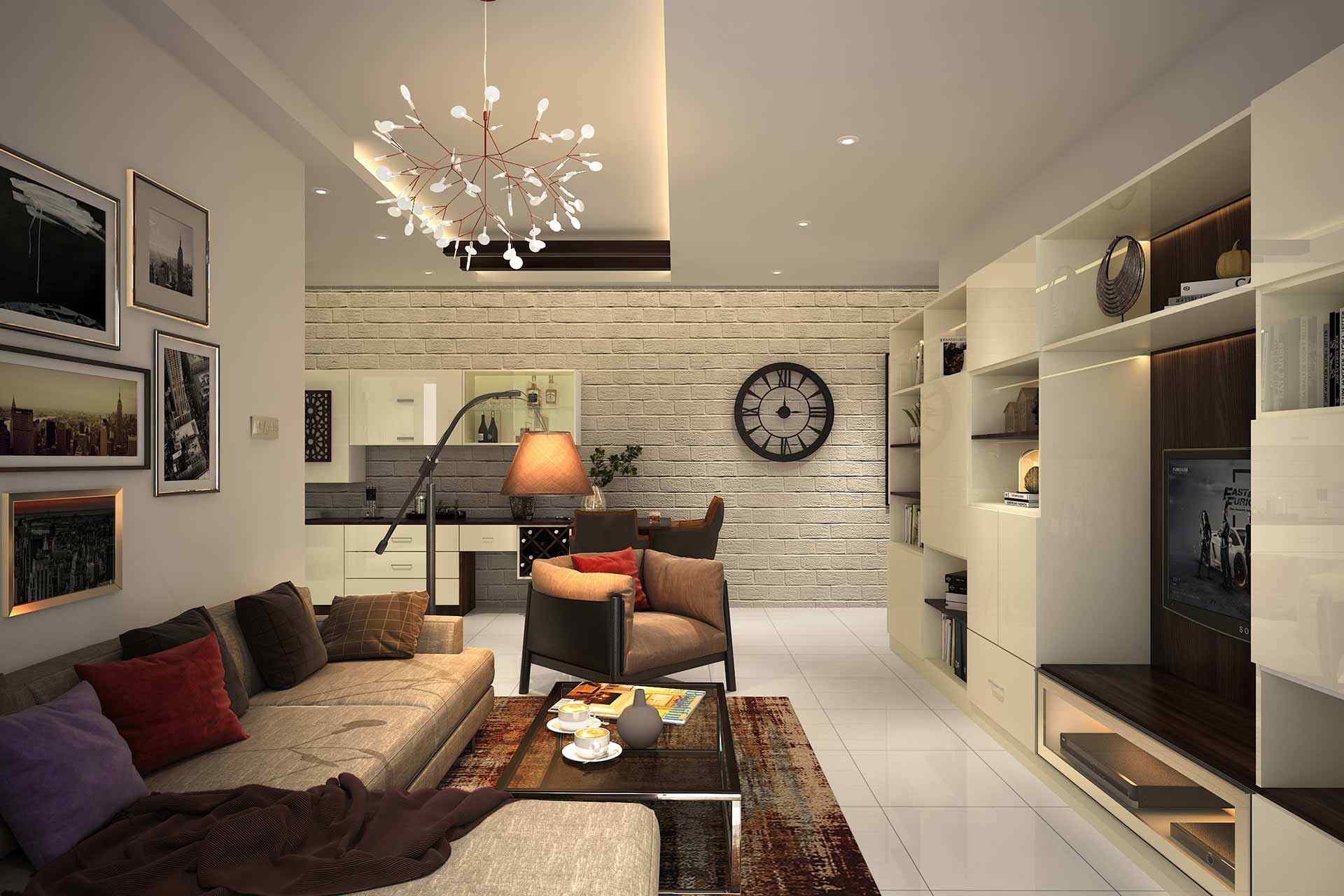
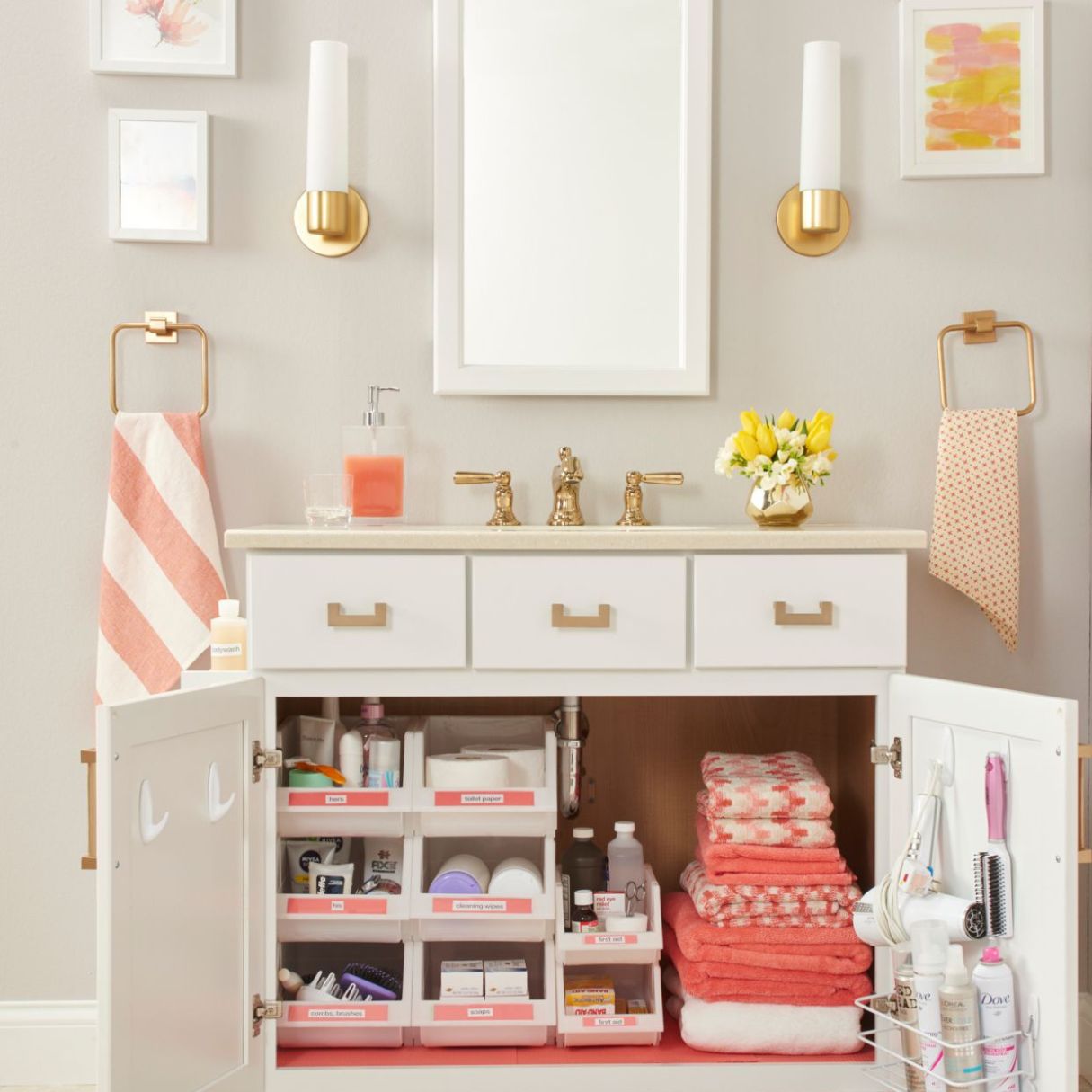
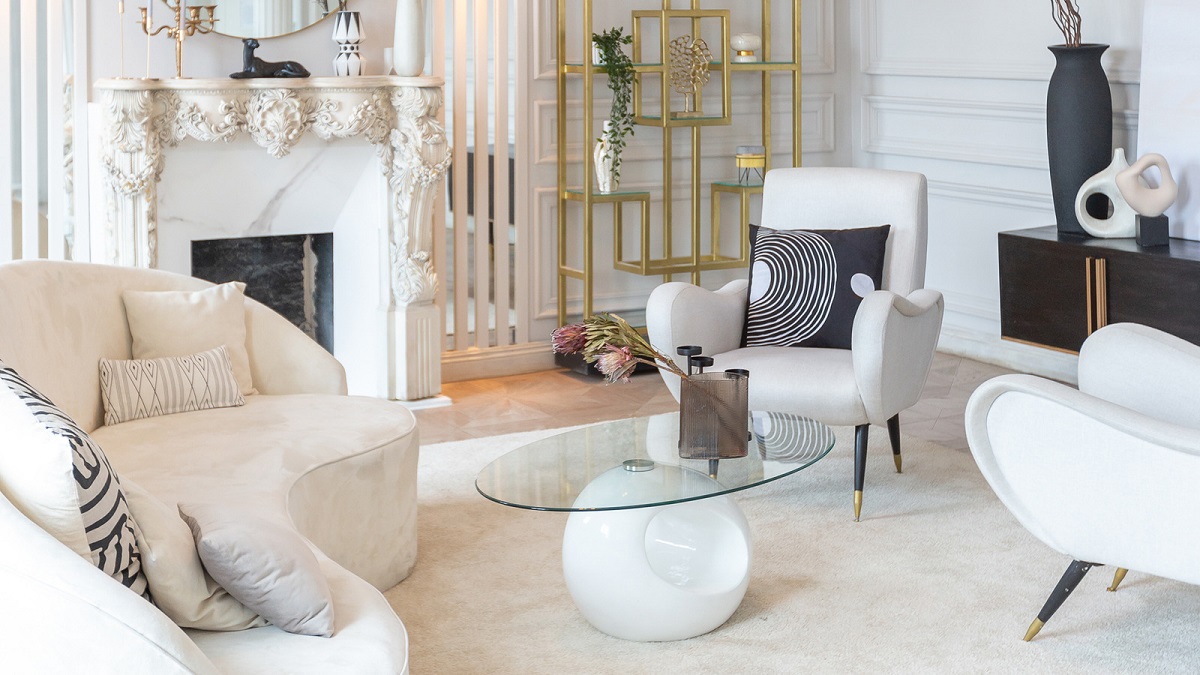
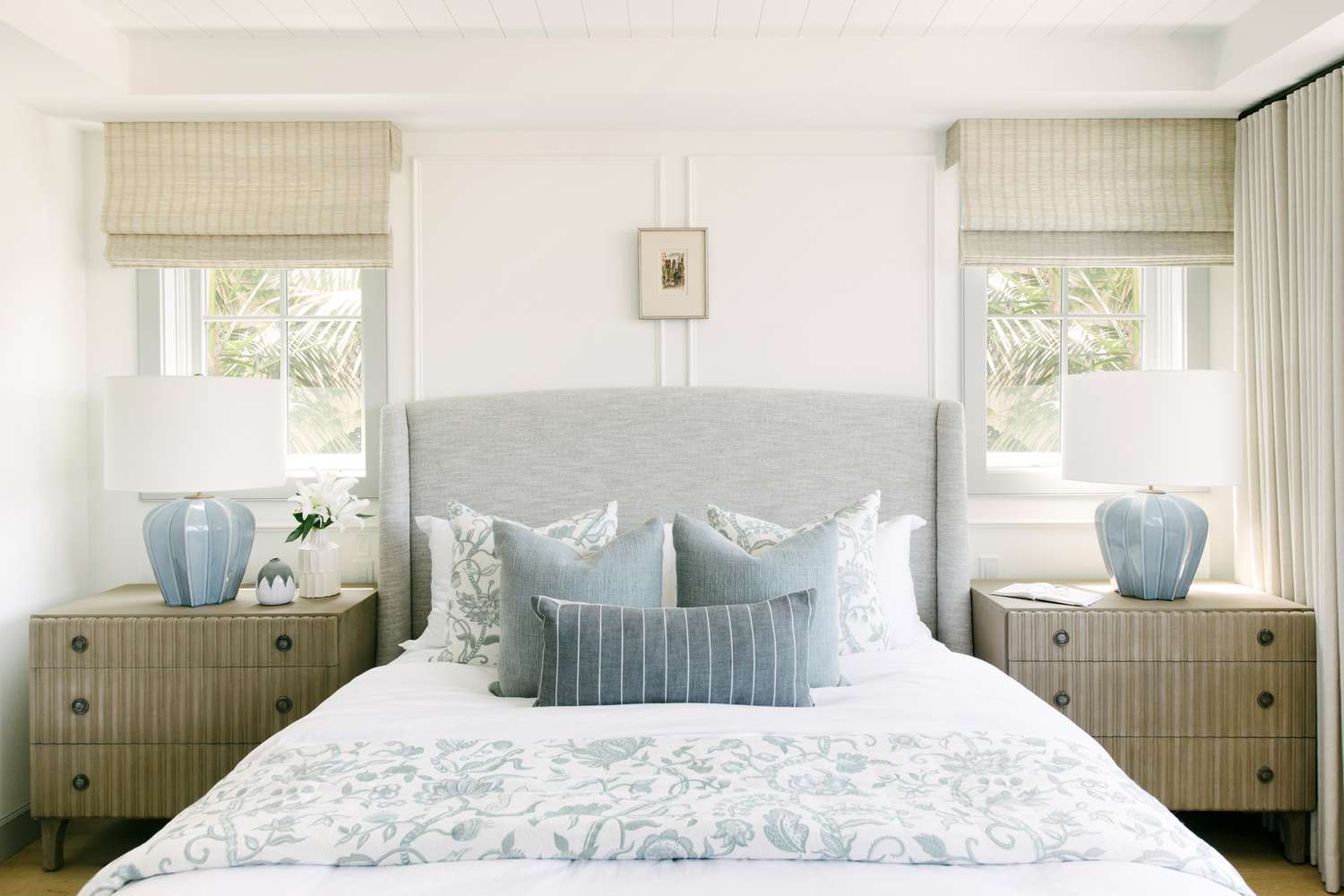
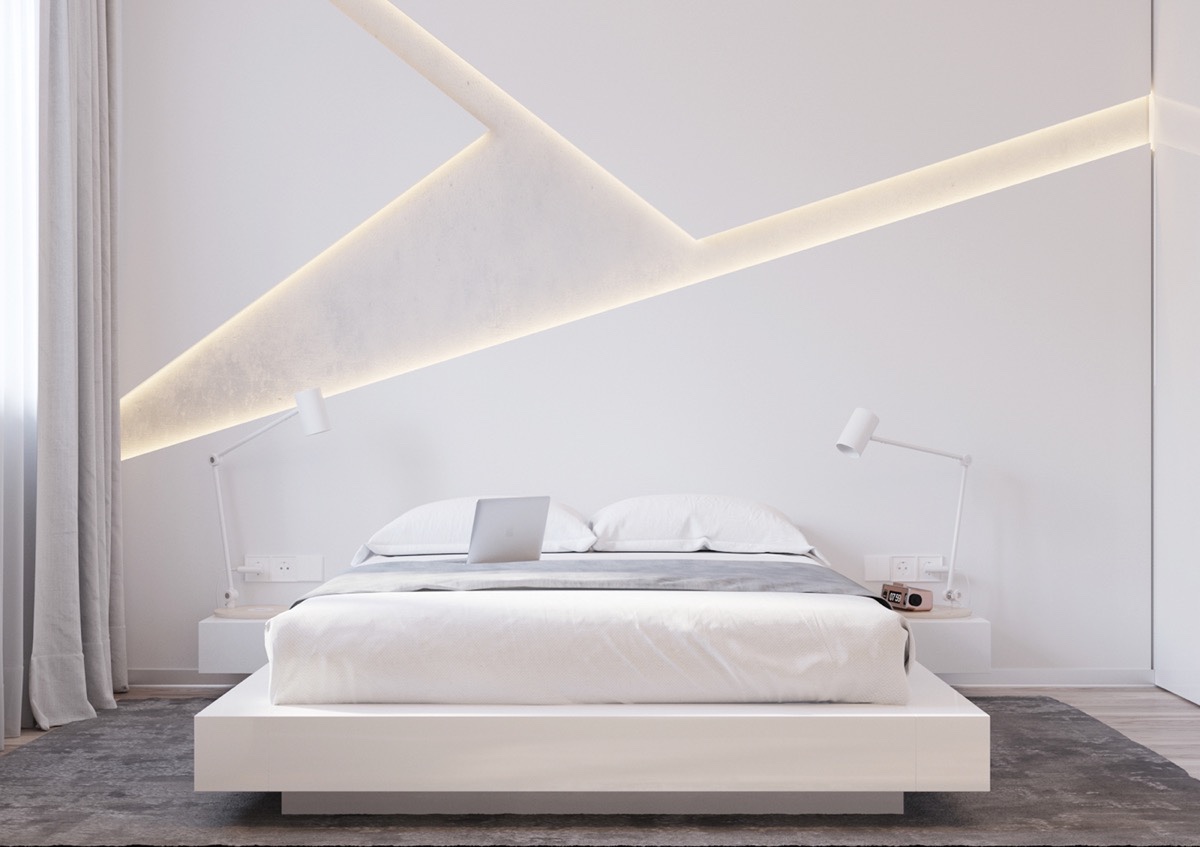
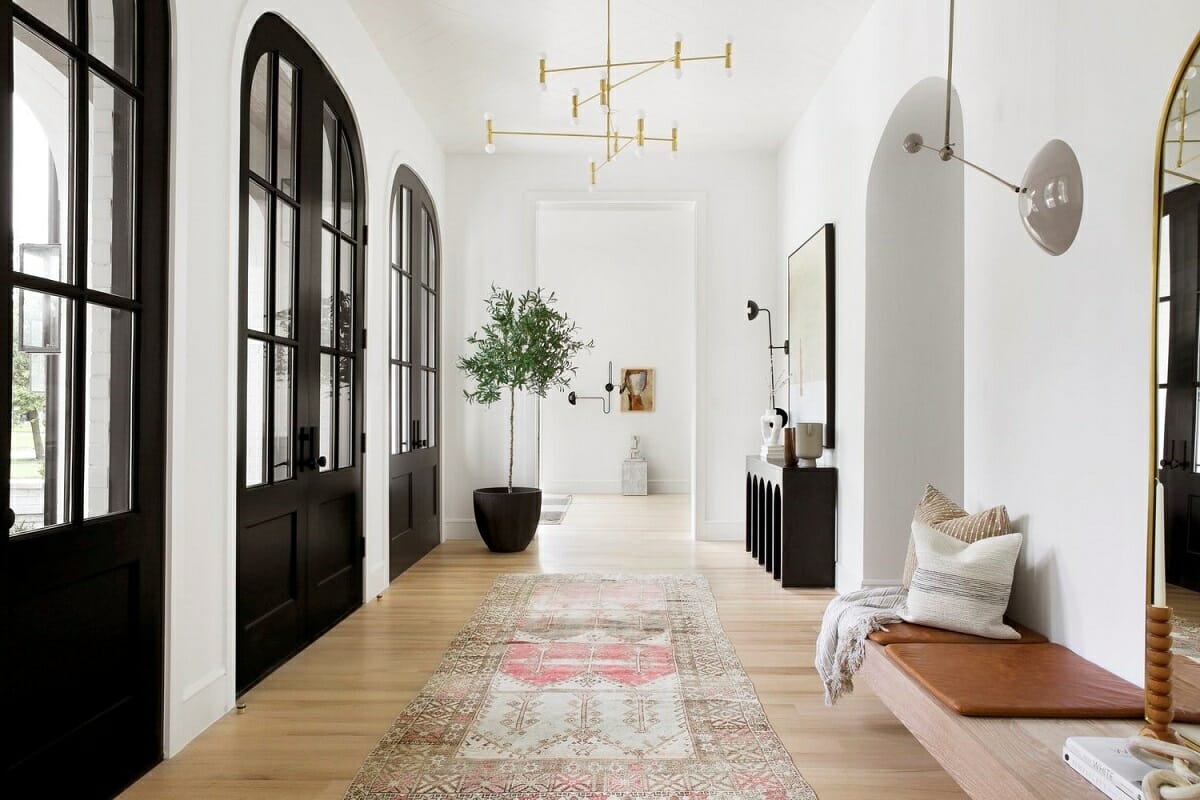
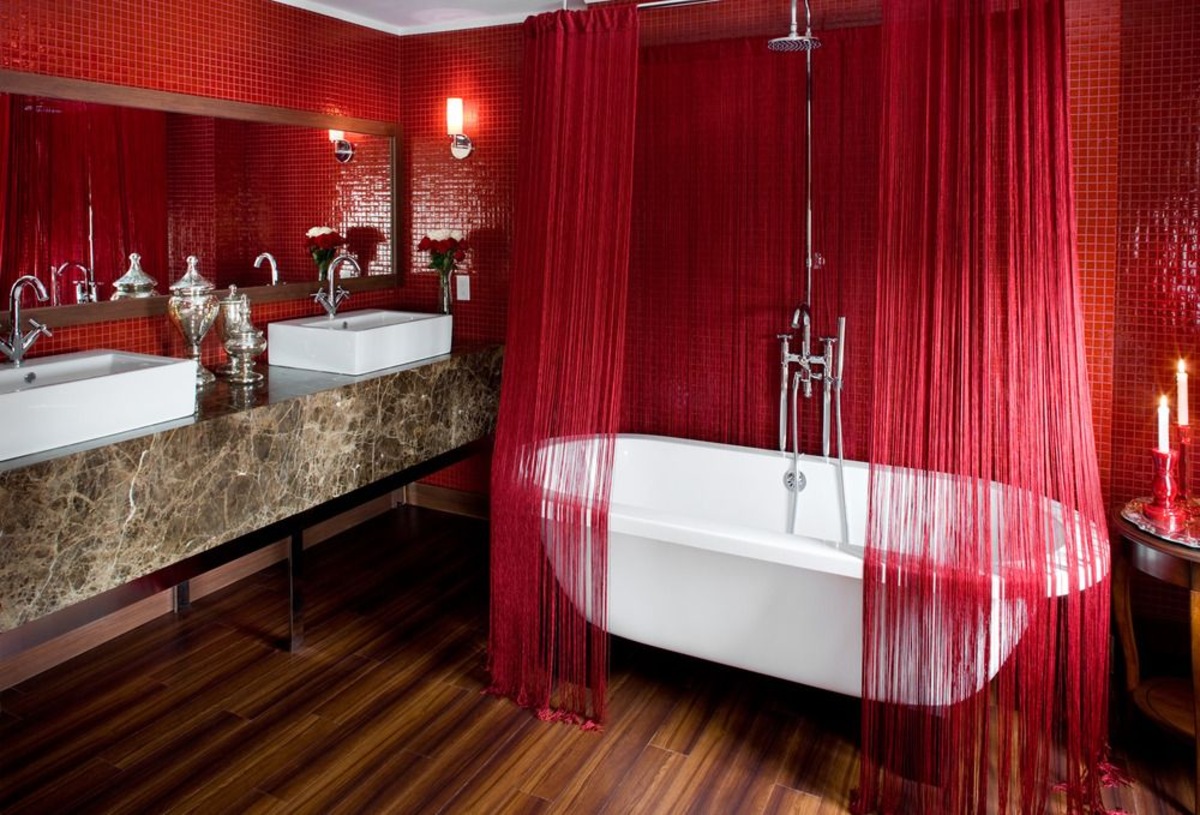
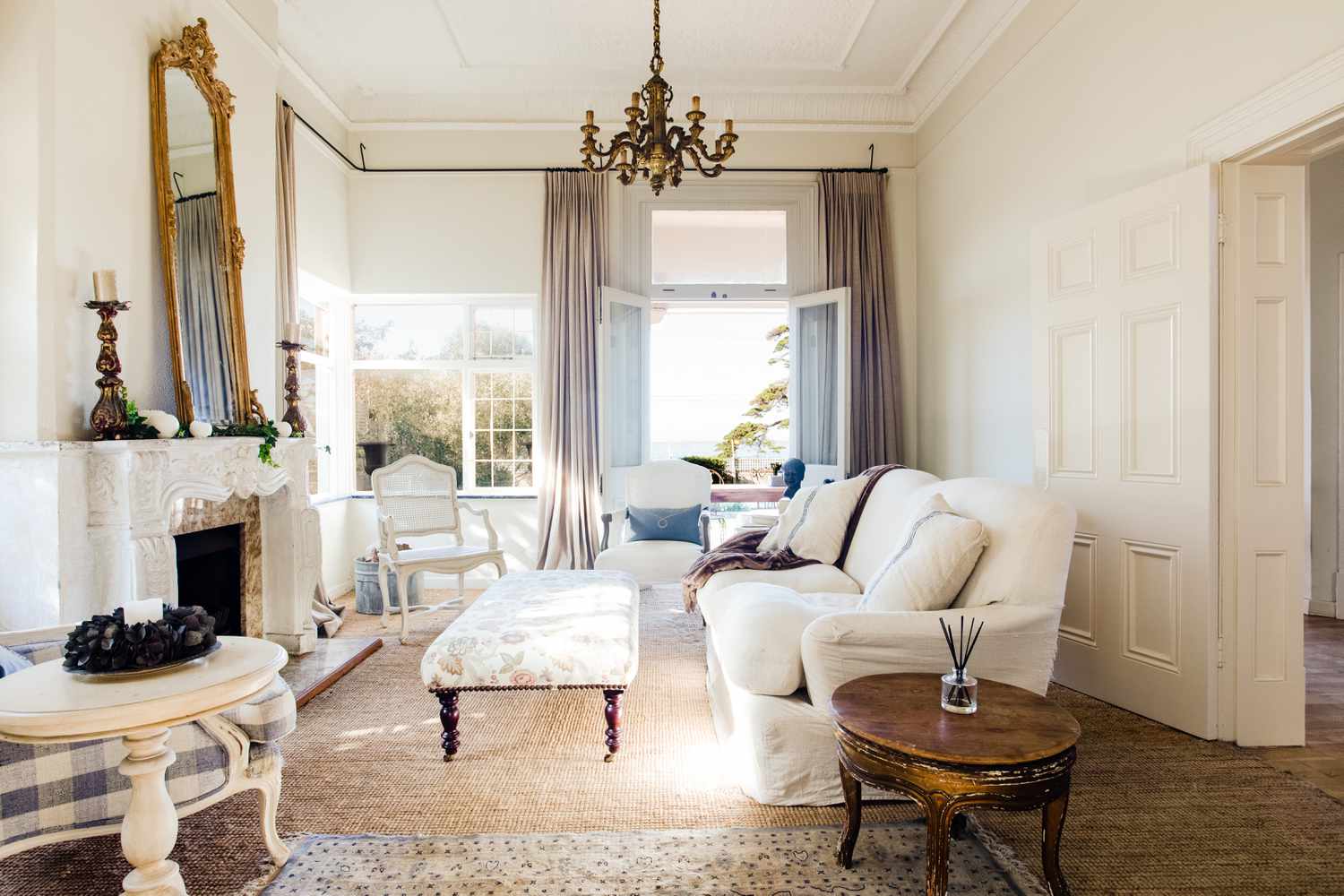
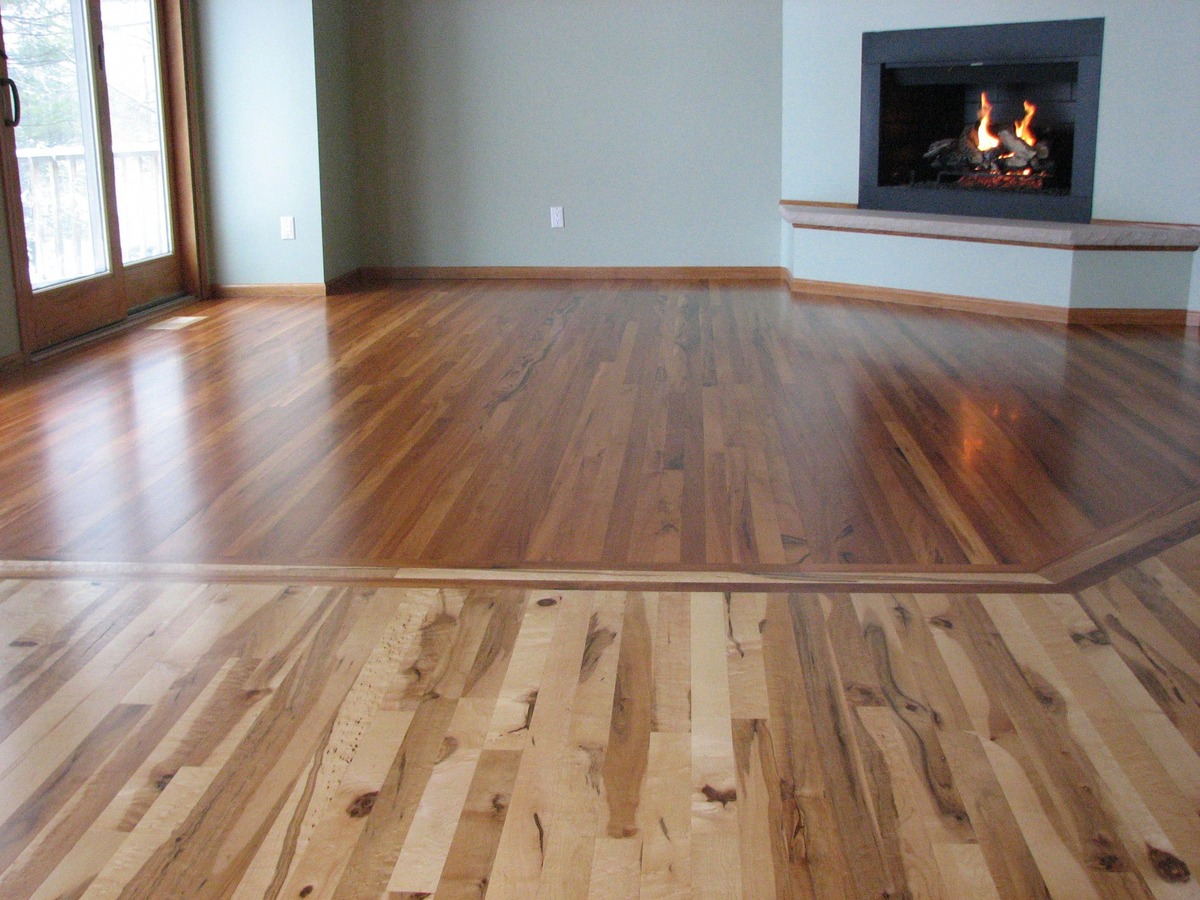
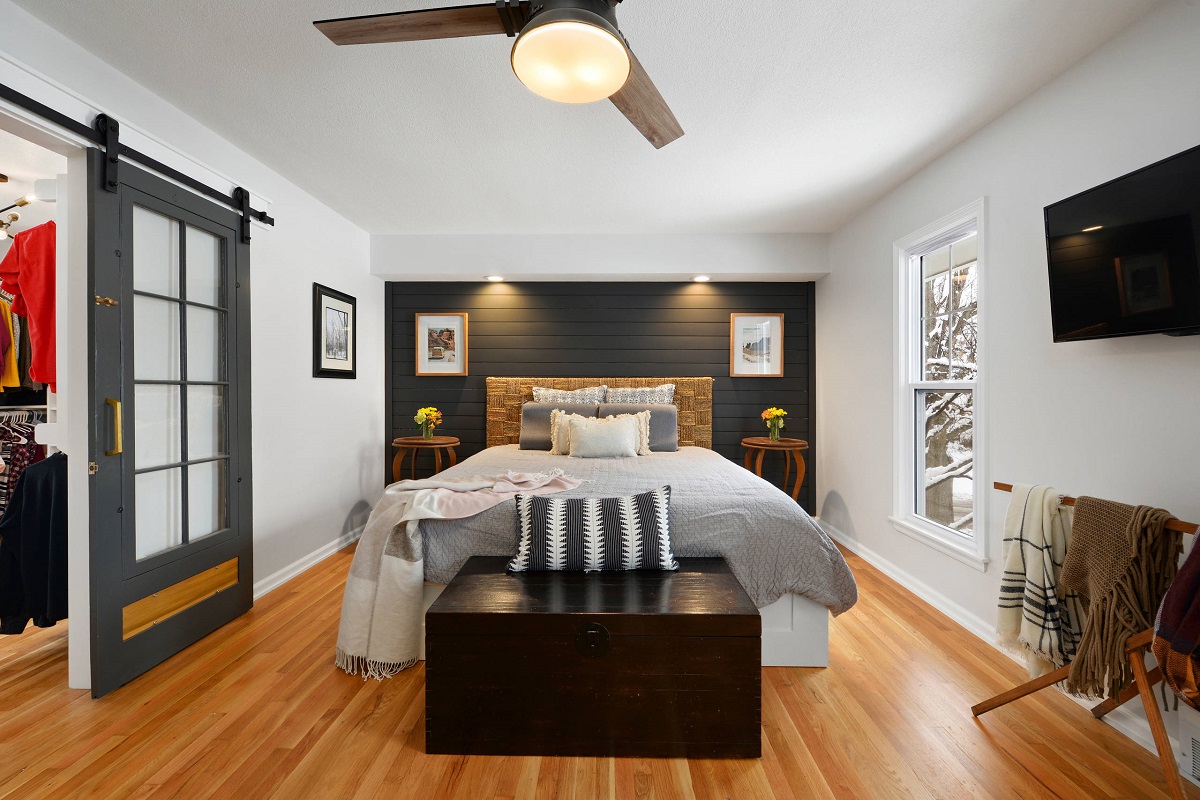
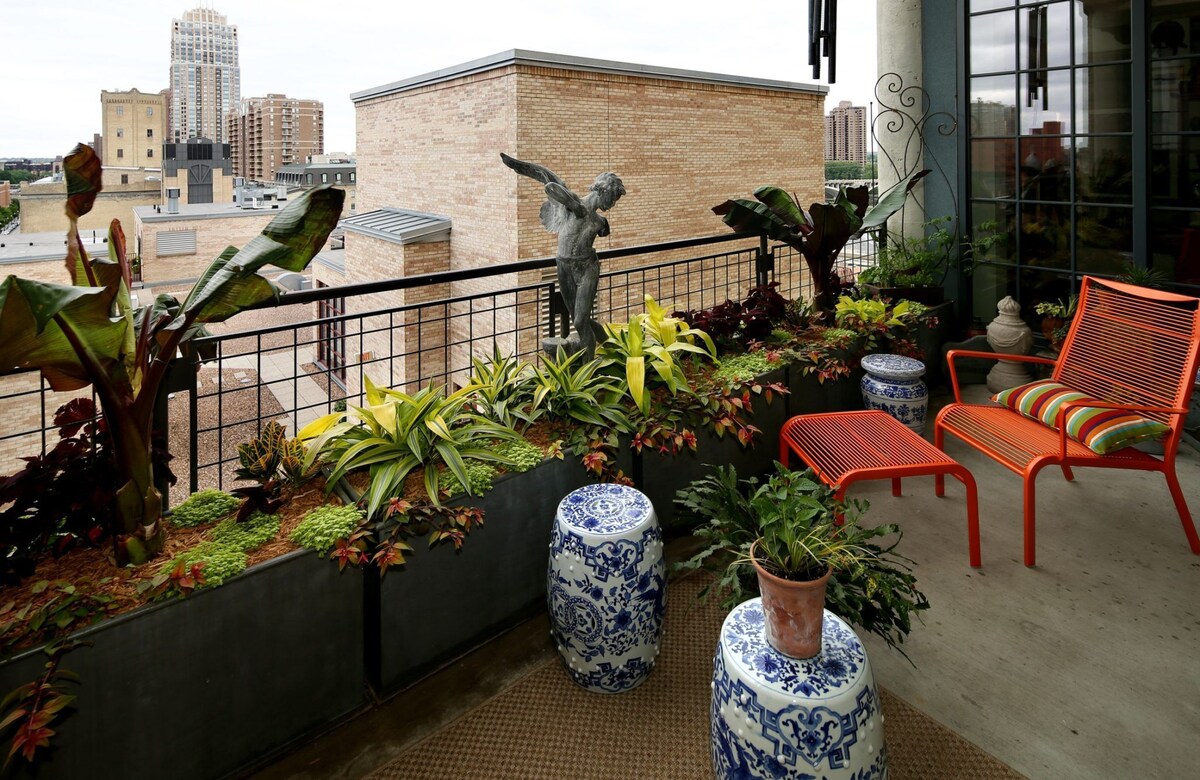
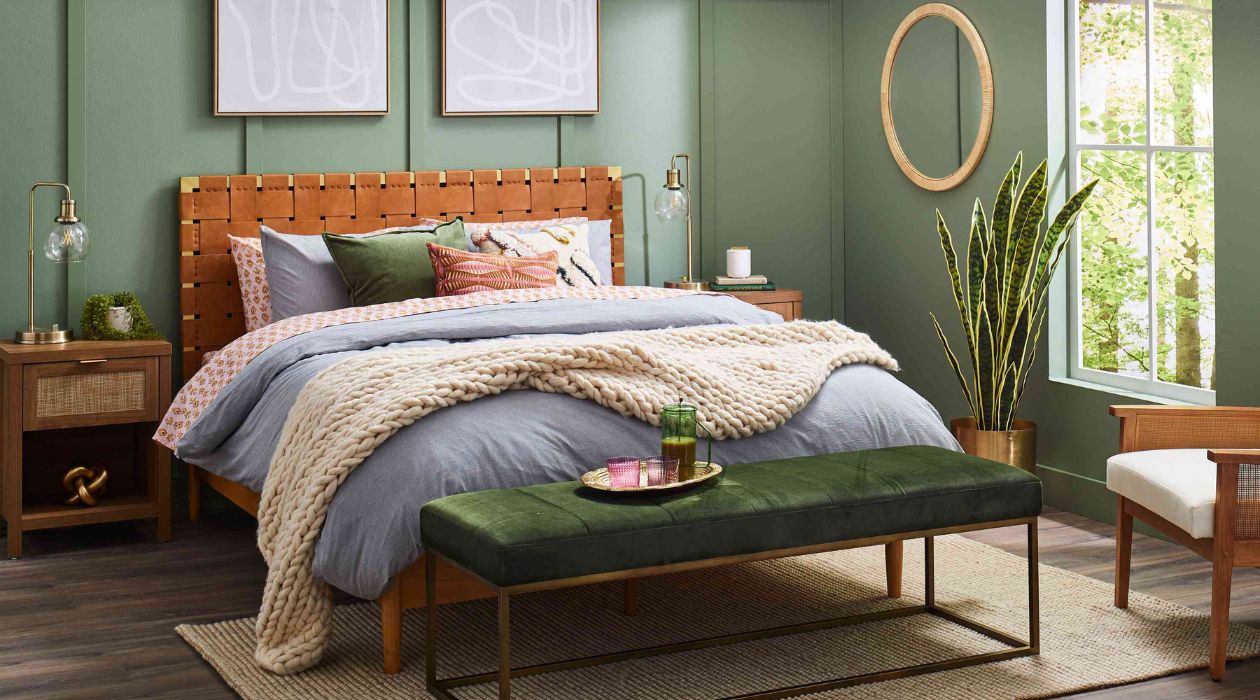

0 thoughts on “Flooring Ideas: 15 Ways To Create Lasting Style Under Foot”